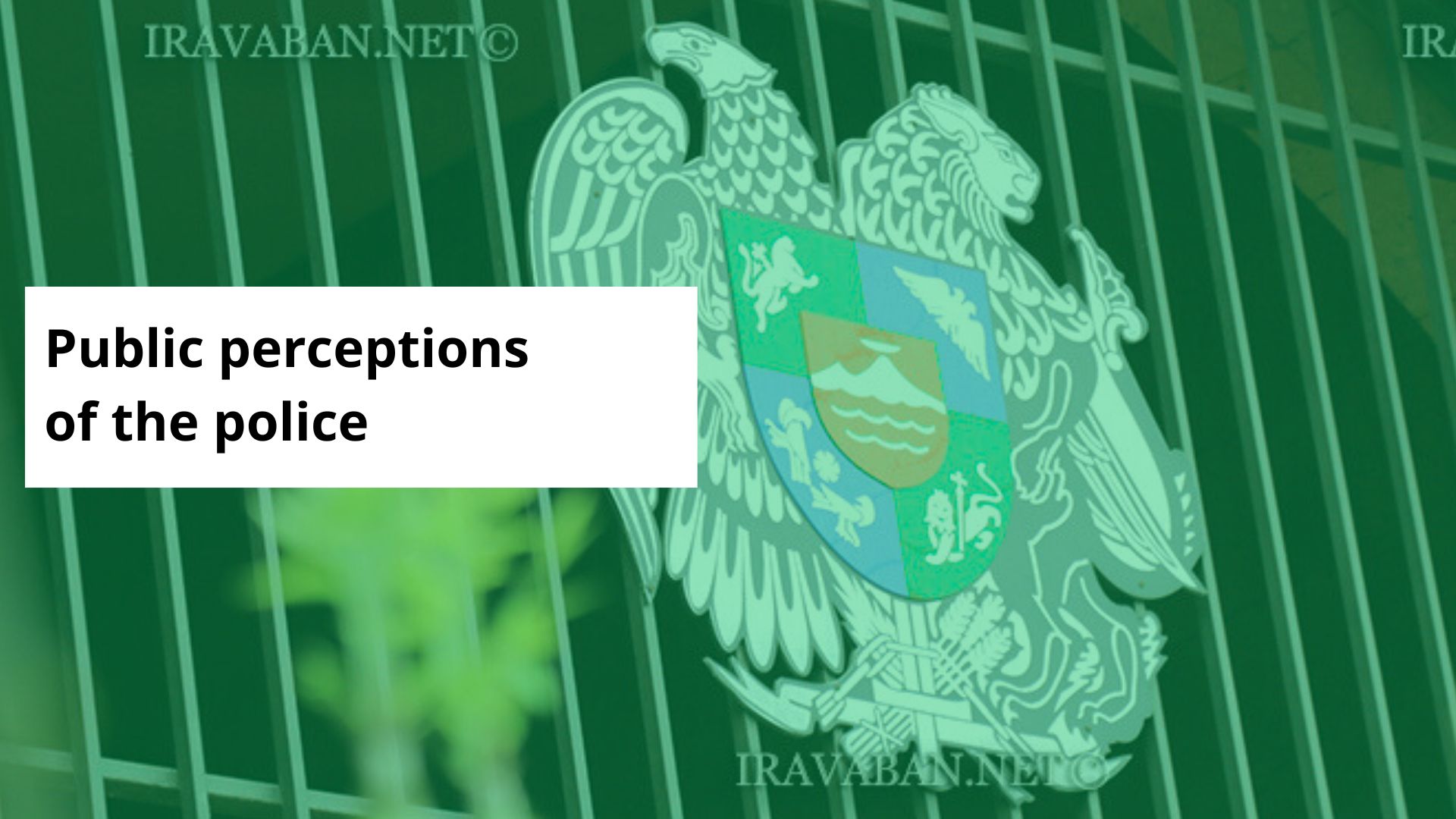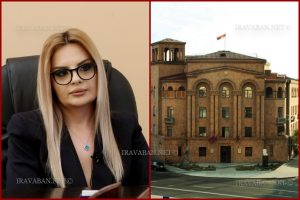In the 2020-2022 police reform program, it was important to ensure open and accessible communication with the public from the very beginning. This was necessary because reforms can only be successful when society is informed about their purpose, process, and expected results.
Trust between police and the public is very important. Many countries, such as Estonia, Georgia, the Netherlands, and Canada, have focused specifically on communication during reforms.
The police reform implementation strategy emphasizes in the 2024-2026 strategy that police must be accessible and trustworthy for citizens. This means there must be active and transparent communication, explaining why reforms are being made, what they change in people’s lives, and how they improve police work.
This communication also helps attract new professionals to the police, especially young people and women. The stereotypes that hinder the advancement of female police officers must be broken.
During the reforms, special attention was also paid to informing the public about the creation of new police structures, both Patrol and Criminal Police. For example, the “Be a force for our country” campaign contributed to the recognition and positive perception of the new service.
Research shows that these efforts have already yielded results:
According to a study by the International Republican Institute (IRI), satisfaction with police in 2022 was 62% – 4% higher than the previous year.
According to a survey commissioned by the OSCE, 72% of respondents trust the police or have a neutral attitude, while 45% have complete trust.
These results demonstrate that the reforms were not only structural or technical – they were also aimed at strengthening public trust. For this, continuous, understandable, and active communication is mandatory.
Internal communication within the police system must also be developed. Leaders must clearly present their messages so that employees within the system are confident about the goals of changes and their role.
How can communication be made more effective
It’s necessary not only to inform, but also to tell about real cases, successful examples, heroic services.
New formats can be applied – videos, social media, even humorous programs.
Media briefings and public meetings should be organized frequently. It’s important that not only high-ranking officials, but also ordinary employees’ examples are presented – bringing the Police closer to the public.
All this can only be implemented when the relevant subdivision – the Ministry of Internal Affairs’ Public Relations Department – has the necessary knowledge, technology, and strategy.
Iravaban.net also presents examples from several countries that have succeeded in this work.
Georgia’s police reforms (starting from 2004) are a classic example. The public was actively involved in work to change perceptions through open door days and public discussions.
Clear messages were heard about why reforms are necessary, how they improve citizens’ lives. The police image was renewed, emphasizing young, educated, and civic-minded officers.
As a result, trust in police in Georgia increased, according to some calculations rising from about 10% in 2003 to 80% several years after the reforms.
In Estonia, strategic communication was built on a data foundation, making police work results more accessible to citizens.
The country’s government actively used programmatic communication tools, as well as social media and online services. As a result of these actions, engagement and participation were observed, especially among young people.
In Great Britain, police regularly tell real stories about their officers, situations, and cases of public rescue.
Means were applied to give the system a human face, which reduced fear and distrust toward police officers. As a result, broad segments of the public feel closer to their police.
In Sweden, special community liaison officers began operating in urban sectors. On the police website and social media, they began regularly telling about police officers’ daily life, presenting situations in simple language.
Result: according to research, trust in police in those communities increased by up to 60%.
In the RA strategy action program, it was noted that at least 20 television programs and public debates about the progress of police reforms should be broadcast, including through regional television. 25 public awareness materials should also be published.
At least 30% of the technical needs of the Ministry of Internal Affairs Public Communication and Awareness Department have been addressed. It’s noted that the official websites of the Ministry of Internal Affairs and subordinate state bodies have been improved and supplemented with accessibility tools.
Additionally, the technical needs of the Public Communication and Awareness Department were assessed, based on which a list of technical needs was developed.
Thus, public perception of police shapes police’s real impact and success. And this perception can only be managed through clearly developed strategic communication.
Police not only applies law, but also listens, explains, and cooperates. In this way, it becomes a trustworthy and democratic institution.
The “Public Monitoring and Awareness of Effective and Inclusive Police Reforms” sub-grant is being implemented by the Armenian Lawyers Association through the “Justice Reform Monitoring in Armenia” program (www.juremonia.am) funded by the European Union, within the framework of a grant announced by the “Social Justice” public organization.
The overall goal of the program is to increase civil society participation in monitoring police reforms and impact assessment by ensuring structural engagement mechanisms, independent evaluation and raising public awareness. Close cooperation and engagement with public organizations as well as relevant subdivisions of the Ministry of Internal Affairs is envisaged during program implementation.















